Mara Quinn:
All right, let’s read together.
Frederica Freyberg:
Enrollment is exploding at Mount Pleasant Renaissance School. It’s a private, not religiously-affiliated elementary. Renaissance started small two years ago with just about 50 students. This year, it’s up to 80, and next year when it opens to middle school, it’s on track to accept more than 300 students.
Frank Trecrosi:
It’s going fabulously. The response has been wonderful from the community.
Frederica Freyberg:
The school’s big expansion coincides with the third year of the parental choice program in Racine, when under the law enrollment caps come off, meaning the number of students in the district who can enroll in private schools at taxpayer expense next year will be unlimited. Already in the current school year, the Racine unified public schools saw more than a million dollars redistricted from the district budget for the more than 500 students going to Choice schools with a state voucher. Additionally, the loss in enrollment meant the loss of more than $1.5 million in direct state aid to the district. What’s more, Racine unified’s budget director, Marc Duff, says local school taxes went up.
Marc Duff:
The way they’ve set up the funding for vouchers is that they divert money that would have been for property tax relief to pay for private school vouchers. So we could have had a tax freeze this year, but instead they went up over 3%. So taxpayers now in Racine are paying for two government school systems, one for the private schools, government-funded private schools, and one Racine Unified.
Frederica Freyberg:
To date, Renaissance Private School is the largest and only non-church affiliated Choice school in Racine. But the fact that parents already sending their children to ten parochial schools in the district now can get the state to pay the tuition, particularly irks Unified’s budget director.
Marc Duff:
There are some things going on that– that– that to me are not the intent of the original school choice voucher program, which was to help low-income kids achieve a different school to meet their educational needs. And it’s gone way beyond that.
Frederica Freyberg:
Because income limits are also now eased for a parent who wants to enroll a child in the private choice school. A family of four can now make up to nearly $71,000 a year. At Renaissance, principal and administrator, Frank Trecrosi, says every one of his student qualifies for free and reduced lunch.
Frank Trecrosi:
I would say, for the most part, that there are many barriers, and the parents have been somewhat disenfranchised and not happy with the current educational environment. So they’re looking at choices and they're looking at options.
Frederica Freyberg:
The new choices and options in private voucher schools have introduced competition into public schools.
Chris Thompson:
If this is going to help hold me, as well as everybody else, accountable, and as a result of this we’re going to be getting a really high-quality product out there, then it’s not necessarily all bad. It’s just that it's tough because, when you look at how schools are funded, Choice can pull funding away from public schools and that, we know, impacts the children that we're working with. That’s the tough side of Choice. But it keeps us also on our toes.
Frederica Freyberg:
In fact, district administrators say choice was a wake-up call that made the public schools get going on getting better. West Ridge Elementary, for example, is applying to be an international baccalaureate school, a stringent designation that comes with increased assessment and teacher development. Over at Renaissance, the recipe that’s prodding the public counterpart?
Frank Trecrosi:
I think there are basically three things, smaller class sizes. We don’t go more than 18 students to one teacher. A lot of individualized attention and instruction given to each child. And I think we spend an extraordinary amount of time trying to listen to the parents, and what their concerns and what their needs are.
Mara Quinn:
My game plan in my classroom is just figuring out where each kid is coming from, and then meeting them at that level. And wherever they’re at, we’ll move forward from there.
Frederica Freyberg:
Renaissance teacher Mara Quinn’s classroom has 15 students. Down the road at West Ridge Public, teacher Rebecca Oster manages nearly double that.
Rebecca Oster:
I feel like a smaller class is better overall. It’s not realistic for our district at the moment, I don’t believe. A smaller class would be fantastic.
Frederica Freyberg:
But Oster says she also tries to get to know each child individually, while acknowledging it takes extra work with a larger class. A recent state audit of the Milwaukee Parental Choice program compared private school test scores to those at the Milwaukee public schools. At the elementary level the public school students, even the economically disadvantaged, scored higher. In middle and high school, Choice students pulled ahead in reading, but were still behind in math. In Racine it may be too early to do an apples to apples comparison because, for example, the most recent testing publicly available is from 2011. It shows that at Renaissance School ,at the time, there were only eight 3rd graders. Five of them, or 62%, tested proficient and advanced in math and reading. Whereas at West Ridge Elementary where more than two-thirds of the students are economically disadvantaged, 53 3rd grade students were tested. 35 students, or 66%, scored proficient and advanced in math. And 40 of them, or 75% , tested proficient and advanced in reading.
Frank Trecrosi:
We’re trying to get at least one year or more growth from each student. If you look at our test scores, they weren’t fabulous, but they weren’t bad. We’re working on a continuum. We’re trying to get growth from these children with these staff.
Frederica Freyberg:
Is it your belief that Choice students and schools are as accountable as public schools and students?
Marc Duff:
No, I don’t believe they are. You know, the accountability standards for the– to stay as a voucher school ,are very simple. You just have to have a certain percent of your kids advance a grade. Well, there’s no rules on how you determine how to advance those kids. So there’s very minor rules on how to stay as a voucher school.
Frederica Freyberg:
Still, the private voucher schools have the public schools in Racine looking over their shoulder, picking up the pace of achievement with the competition nipping at their heels and biting into their budget.
Search Episodes
News Stories from PBS Wisconsin

Donate to sign up. Activate and sign in to Passport. It's that easy to help PBS Wisconsin serve your community through media that educates, inspires, and entertains.
Make your membership gift today
Only for new users: Activate Passport using your code or email address
Already a member?
Look up my account
Need some help? Go to FAQ or visit PBS Passport Help
Need help accessing PBS Wisconsin anywhere?

Online Access | Platform & Device Access | Cable or Satellite Access | Over-The-Air Access
Visit Access Guide
Need help accessing PBS Wisconsin anywhere?

Visit Our
Live TV Access Guide
Online AccessPlatform & Device Access
Cable or Satellite Access
Over-The-Air Access
Visit Access Guide
 Passport
Passport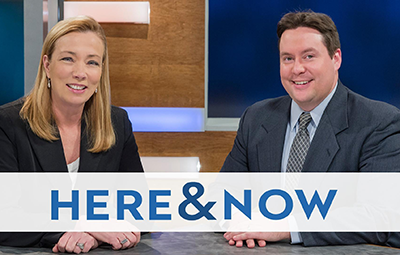

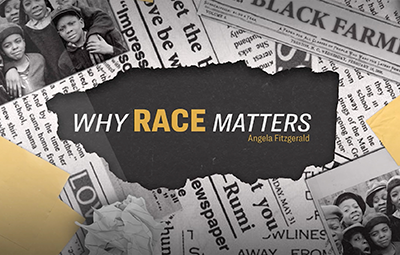
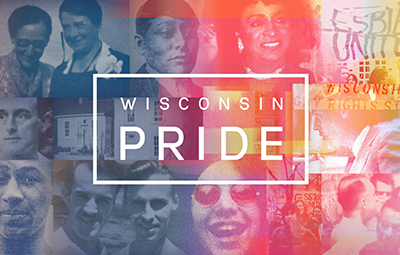
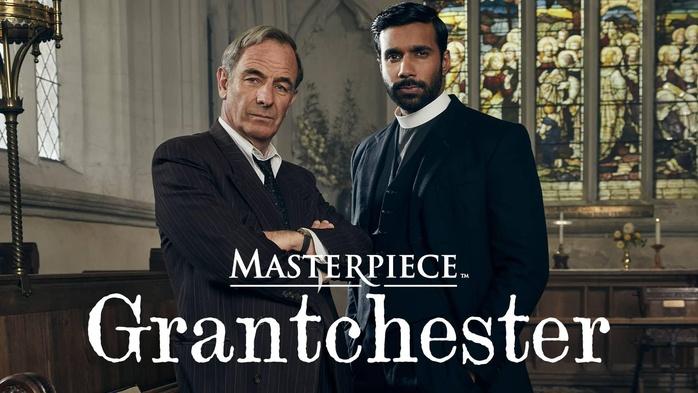

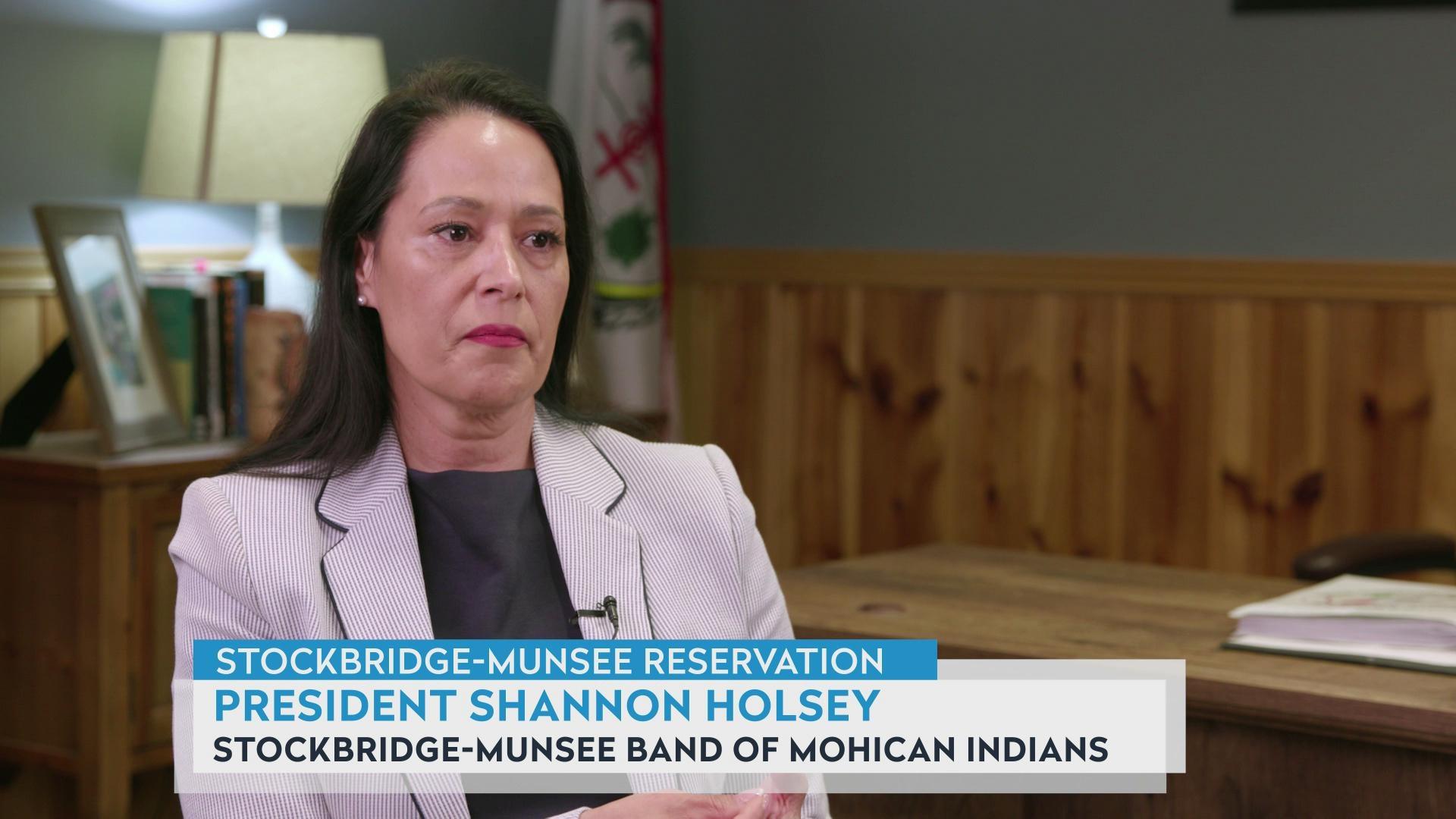

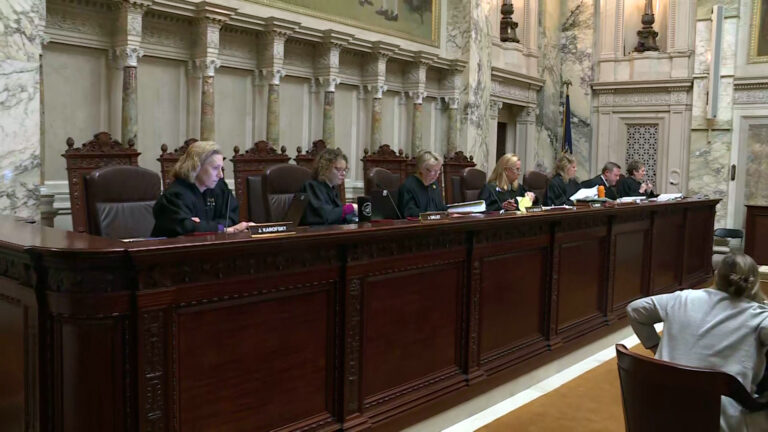
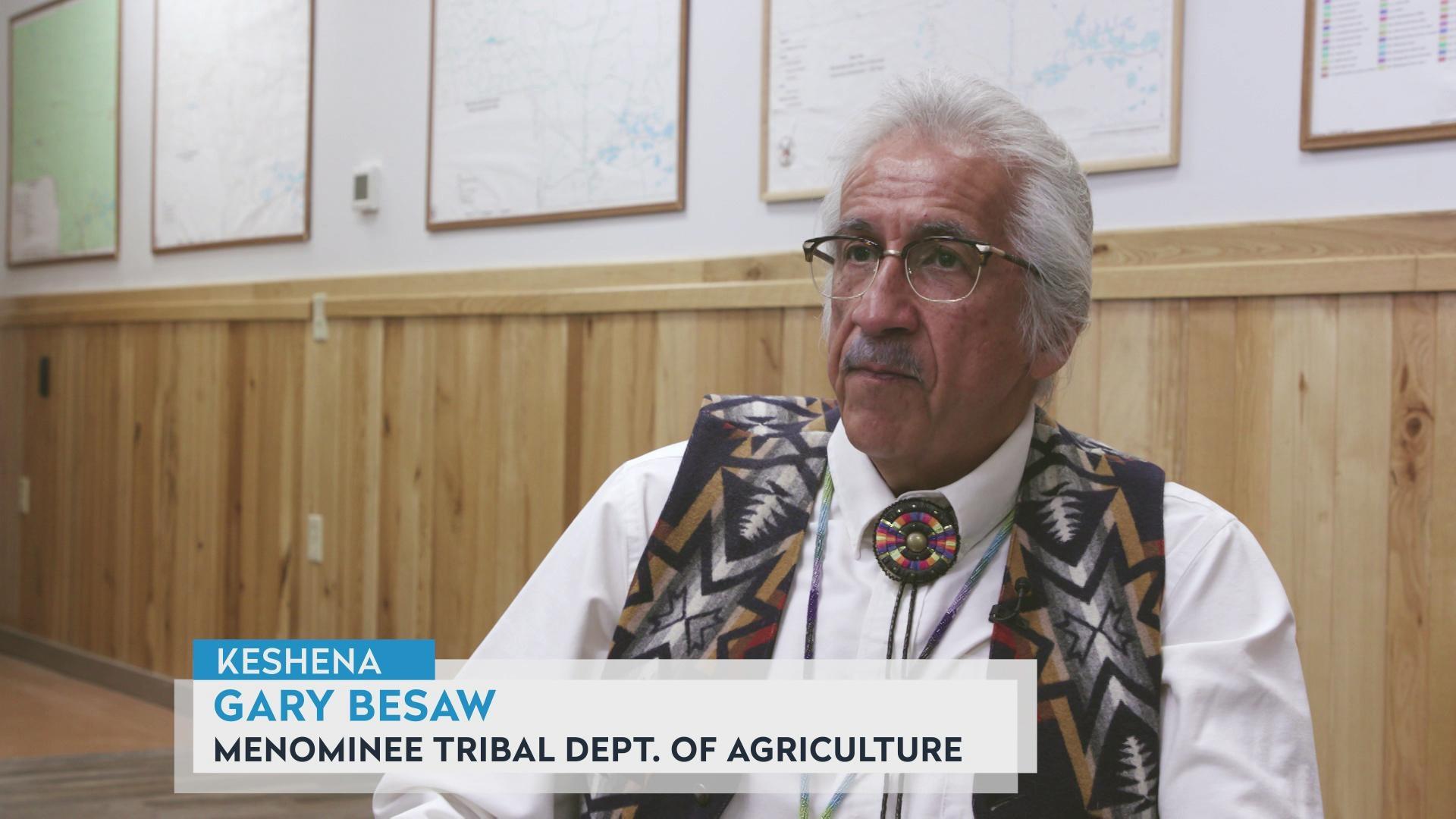
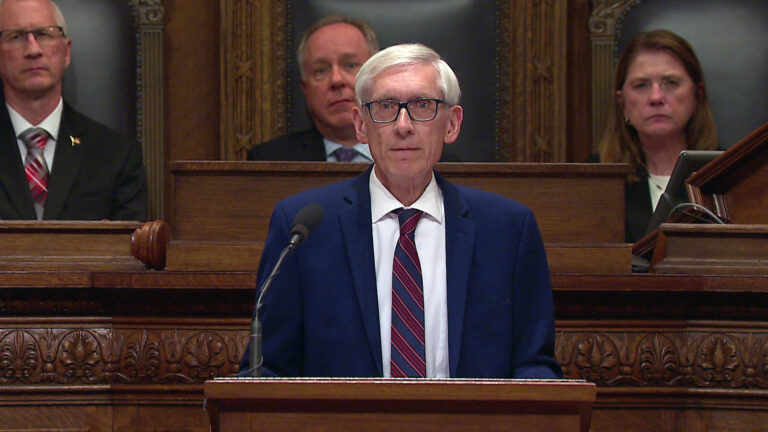

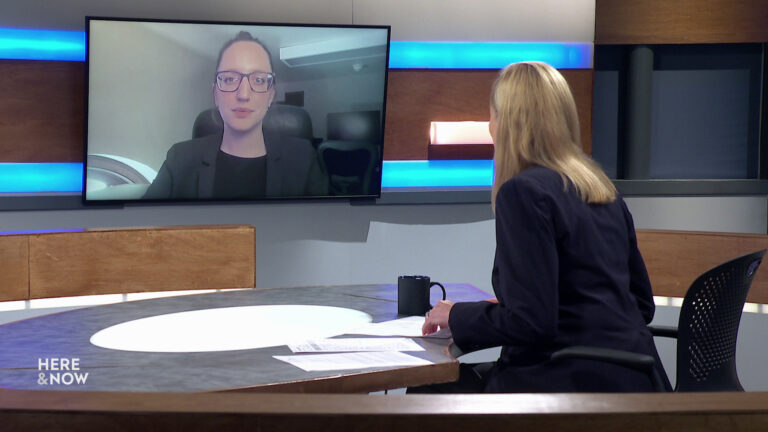
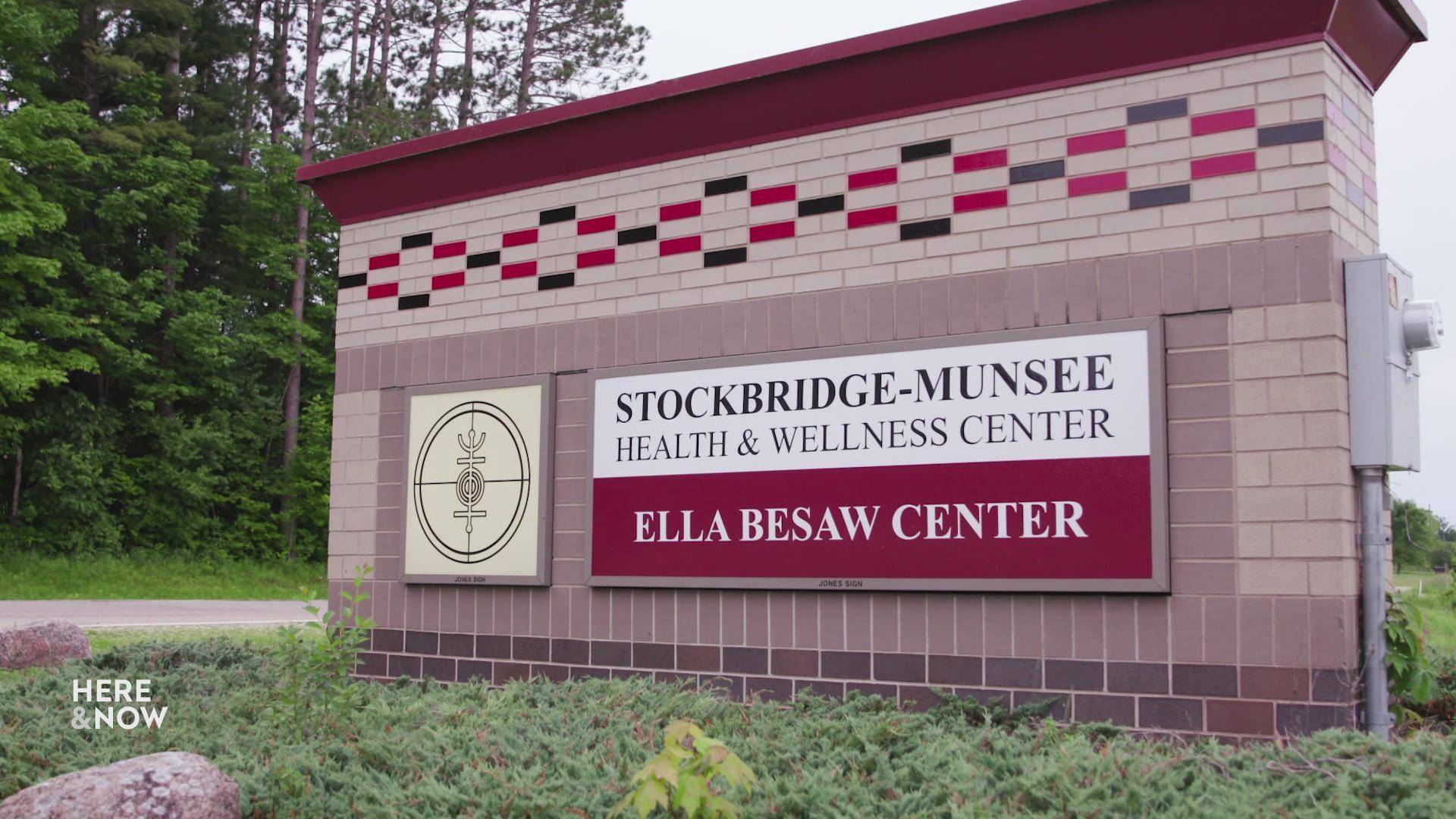
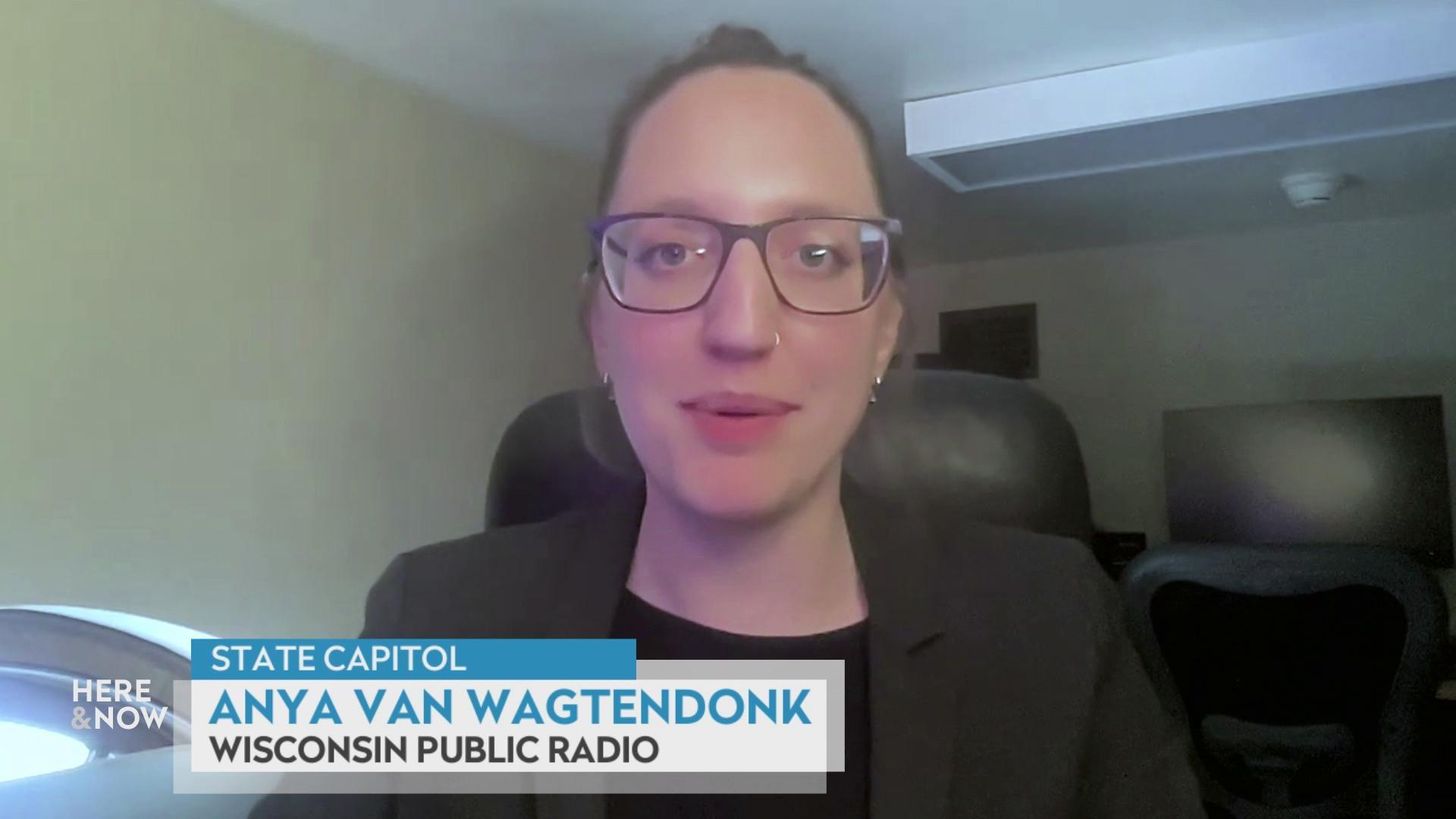
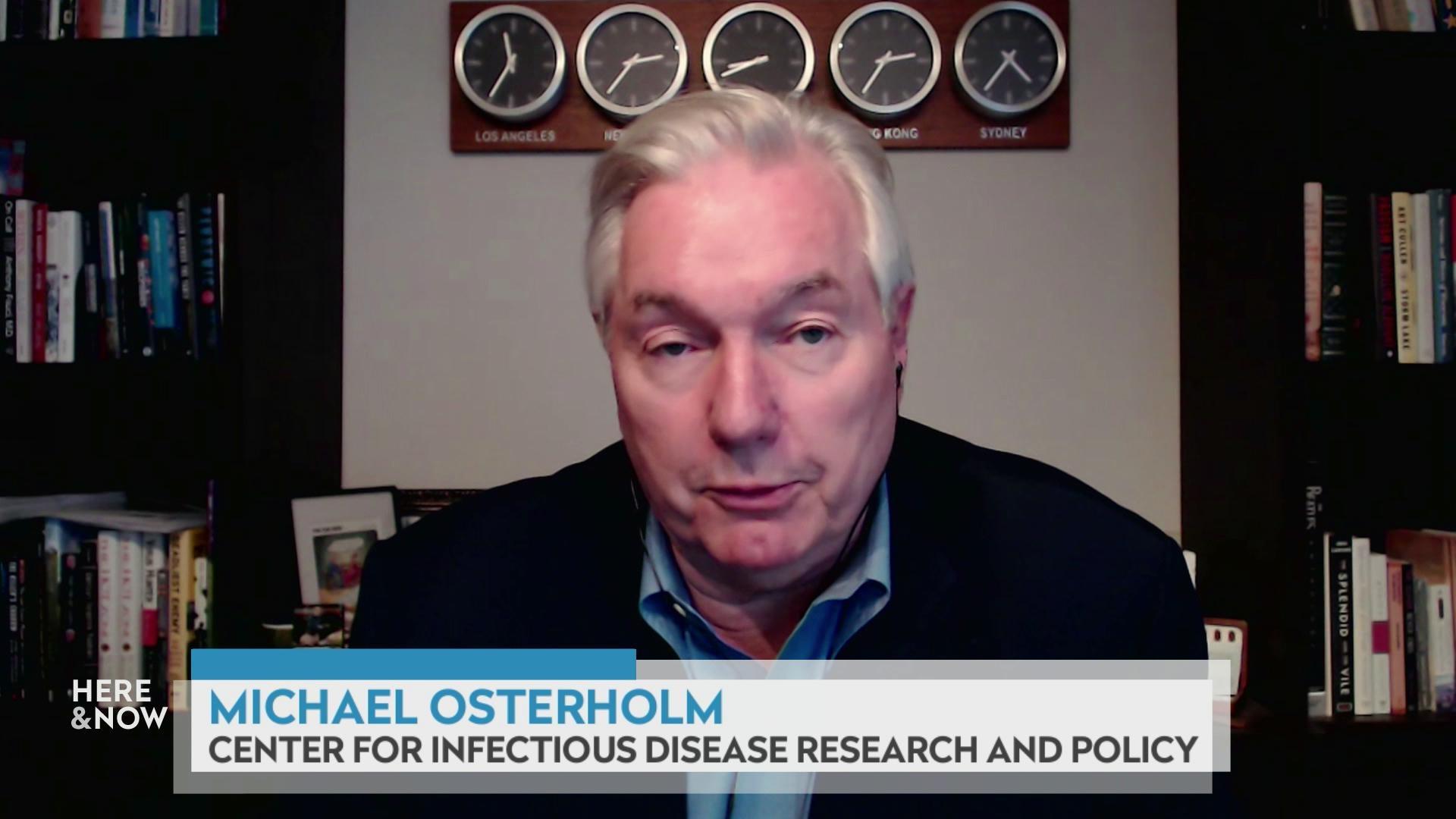
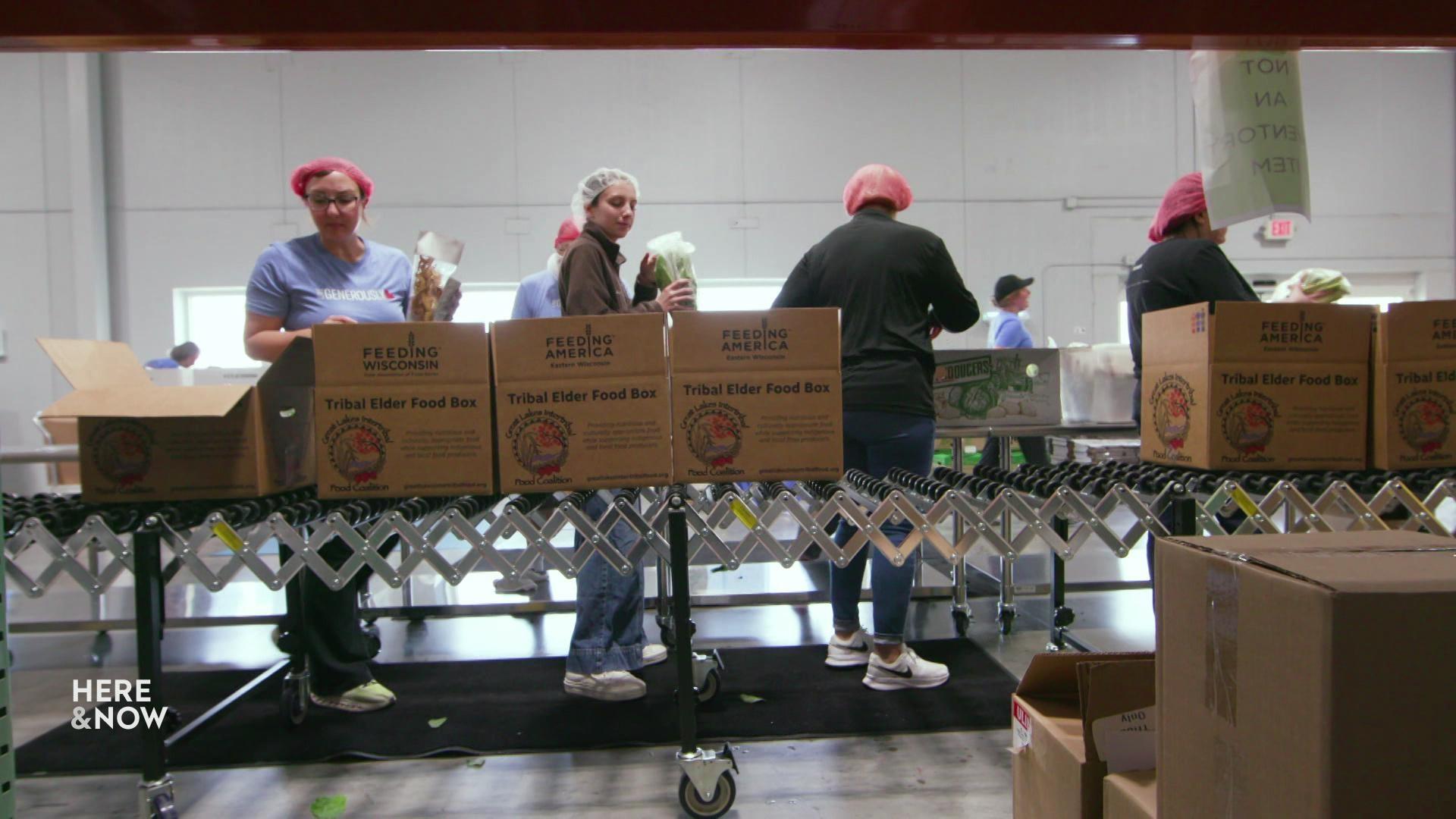
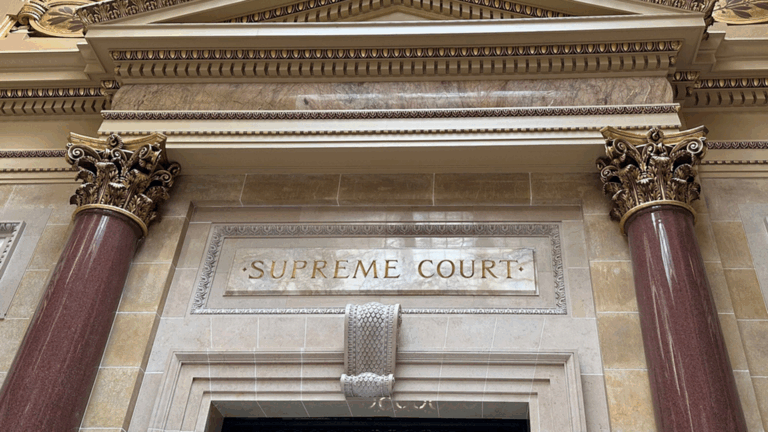

Follow Us